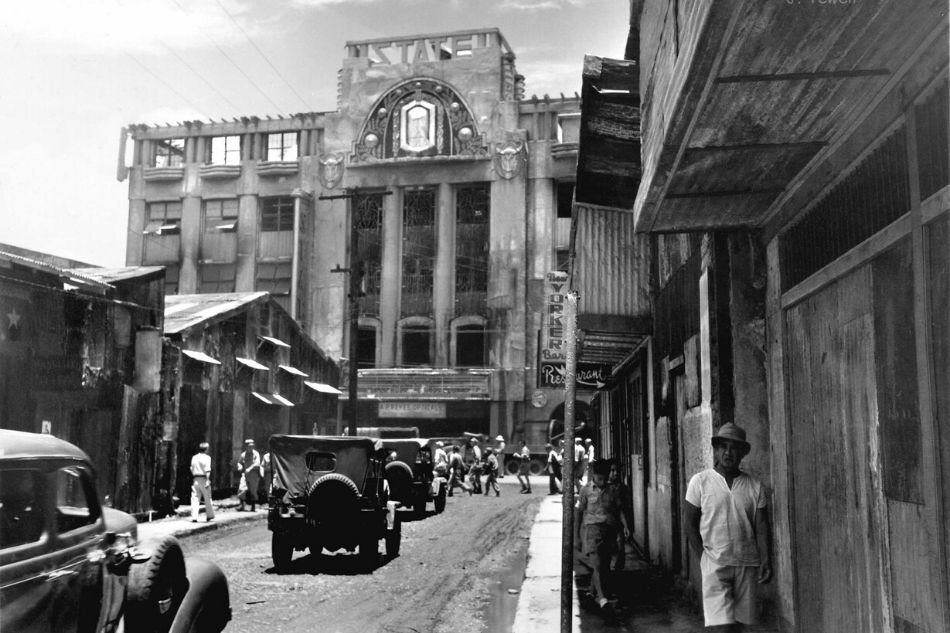“A piercing scream, blood-curdling and long cut through the friendly stillness of the night, blade-like.”
So goes the opening line of Ruben T. Jose’s article in the entertainment magazine, Movie Confidential, about the murder of Filipina star of radio and screen Lilian Velez. Written a few years after the sensational crime elicited shockwaves worldwide, it reported about the early Sunday morning when police found the actress’ body. “The prowlers (the Philippine Constabulary or P.C.) were speeding to Pulog Street at Sta. Mesa Heights, in response to an anonymous phone call reporting ‘something tragic’ that happened at the residence of the Climacos.”
The report goes on: “As police officers entered the fashionable chalet, a housemaid announced with tragic finality: ‘Lilian Velez is dead!’ Police officers found the sala furniture topsy-turvy. Chairs and tables were overturned and shattered, ornamental glasses littered the floor. At the center of the room was a blot of blood, the beginning of a crimson trail to a bedroom. A policeman, entering the bedroom, was taken aback.
The publication of the book, “The Diary of Lilian Velez,” by Archivo 1984 and Arc Lico, with an introduction and annotation by this author, was Vivian’s commitment to the perpetuation of her late mother’s memory. As Vivian herself wrote:
“This isn’t just a diary. It is an intelligent and insightful commentary of the Pre-war Era, the Japanese Occupation, the Liberation, and the (Post-War) (re)-building of a nation. It is told from the perspective of a 22-year old housewife, mother, actress, singer, dancer, all rolled into one…A budding young star,,,she looked forward, with enthusiasm, to the rosy promise life seemed to hold out to her, Her bubbly personality, zest for life, and spontaneity of character won for her many endearing friends…She had big dreams for the future and had it all planned out, never knowing that two days after her last entry in her diary, she would be murdered in the presence of her only child, This diary was compiled by that child 67 years after her death.”
Read more




















